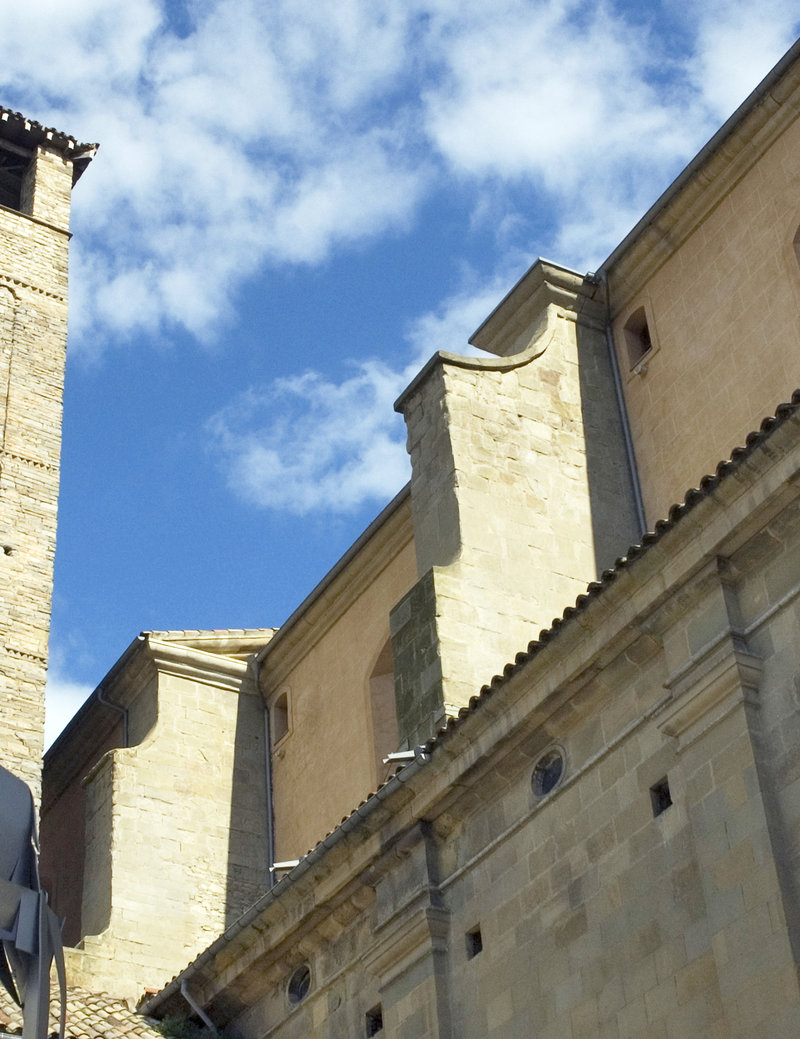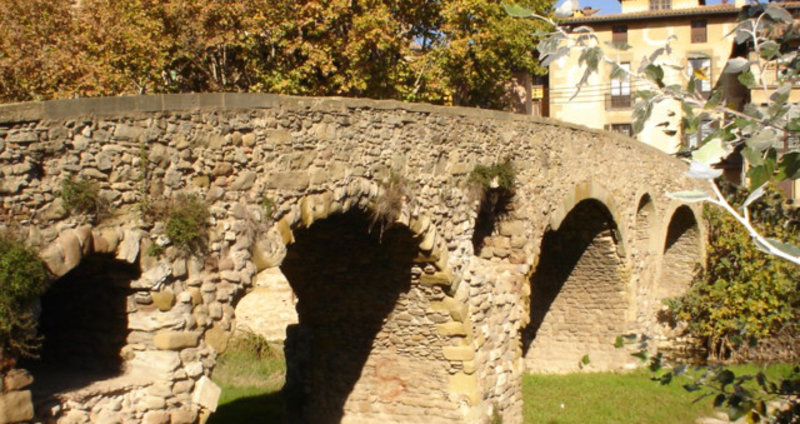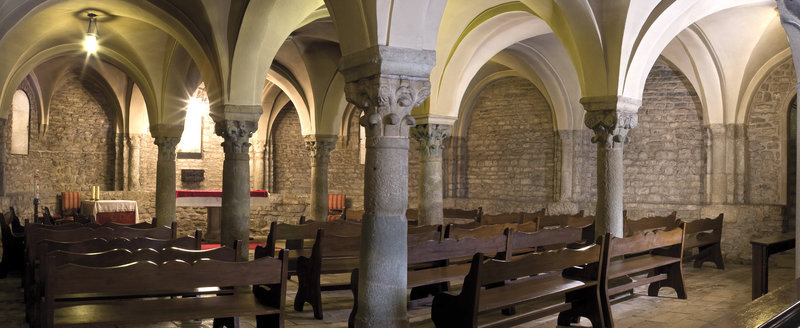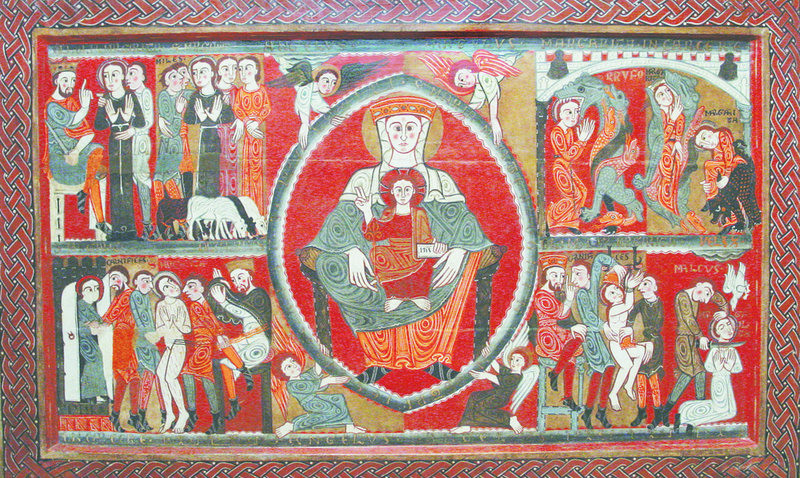Vic's artistic heritage
Beyond its capital cities such as Barcelona and Girona, Catalonia boasts many places that were once important cultural centres and enjoy a rich historical and artistic heritage
Located at roughly 60 kilometres from Barcelona and Girona, Vic is one of Catalonia's most important towns. The capital of Osona county, the town was first called Ausa by the Romans, while the later Visigoths called it Ausona, from which the county name derives. With a population of around 40,000, the town is well-known for its roller hockey team, an event it hosted during the 1992 Olympics.
1
The most important stop is the Museu Episcopal, which has one of the most significant collections of Gothic and Romanesque painting and sculpture. Browsing the more than 20,000 items in the museum provides an education in the stylistic and iconographic evolution of art in the Medieval period. Among the objects on display are 12th century altar fronts and apse murals, such as the Ribes baldachin, a masterpiece of Catalan Romanesque art. Also worth highlighting are the wooden sculptures from the Santa Eulàlia d'Erill la Vall collection, one of the most important in Catalonia.
2
One of the city's main landmarks is the Romanesque belltower of the Sant Pere cathedral, the highest in Catalonia. Thanks to its restoration, which finished this year, the 46-metre high belltower can now be climbed, providing a magnificent view of Vic. In the Lombardy style and with a square shape, the belltower was originally part of the old cathedral building that was consecrated in 1038.
3
The oldest part of the cathedral is the crypt. The capitals, decorated with plant motifs, go back to the 10th century. Originally part of the Santa Maria church, they crown the eight columns that divide the interior into three naves. The 15-metre longroom was abandoned in the 18th century. During the reconstruction of the building, destroyed in the Civil War, this magnificent area was rediscovered beneath the main altar.
4
During the Middle Ages there were pilgrims travelling through Europe needing a place to shelter and even medical attention. The lodging house known as the albergueria, which was used as a hospital from the 10th century, was a place where travellers could find a place to rest and eat. Since its restoration, the albergueria has become a cultural centre in the bishopric of Vic and has regular exhibitions.
5
Built on the old Roman road, the Queralt bridge gets its name from the city gate thatonce stood in the spot. Built in the 11th century over the River Mèder and featuring four stone arches, the bridge was the only way into the city. With time, the bridge has undergone certain modifications.
The most significant ones happened during the Civil War, when part of the structure was destroyed.
Nom de la ruta
Vic is a city famous for its cold meats and its traditional Saturday market. Yet, in the streets of the old quarter are to be found Romanesque gems that are often overlooked. From the 11th century, this artistic style become dominant and spread through central Catalonia under the influence of the Abbot Oliba, who was a great patron of Romanesque art. In fact, Vic has a long ecclesiastical history, with the firs bishop named in 516. Apart from Abbot Oliba mentioned above, a bishop of Vic, Acisclo Moya de Contreras, was among the Spanish bishops who attended the Council of Trent.








